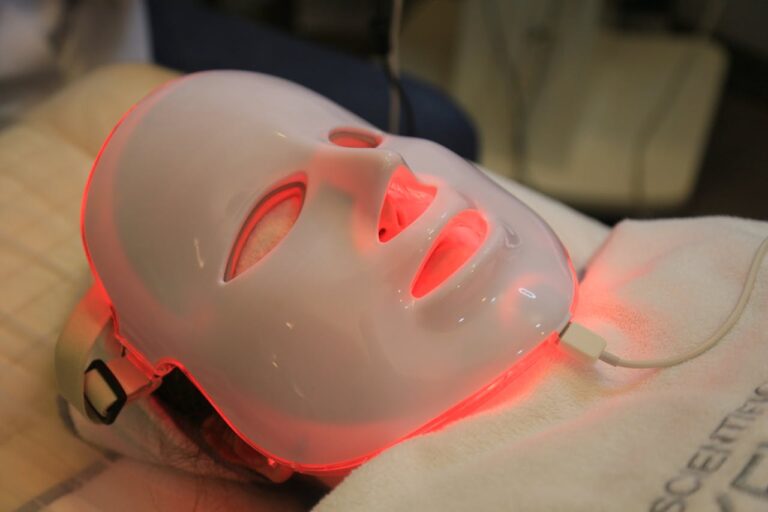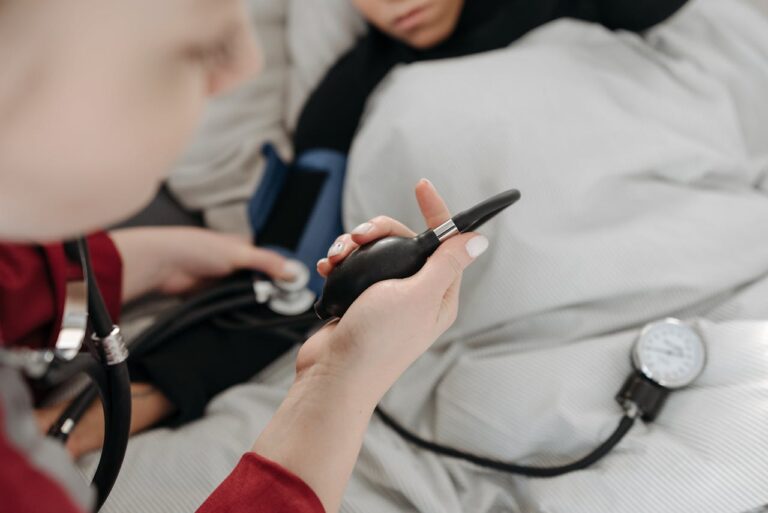Write Us: hello@ali5.org
5 Hidden Signs of Vitamin D Deficiency, Even if You Live Somewhere Sunny
Discover 5 hidden signs of vitamin D deficiency, even if you live in a sunny climate. Learn how low vitamin D affects energy, mood, immunity, bones, and hair, plus safe ways to restore your levels.

Most of us think of vitamin D as the “sunshine vitamin,” and assume that living in a bright climate keeps our levels topped up automatically. Reality check: studies from Pakistan, India, the Gulf states, California, and Australia all show deficiency rates exceeding 50–70 percent, despite ample sunlight. Why? Modern indoor lifestyles, sunscreen, air‑pollution haze, darker skin tones (which block UV‑B), conservative clothing, obesity, and even smogged‑in high‑rise cities all slash the amount of vitamin D your skin can make.
Below are five sneaky clues your body may be running low, symptoms so common they’re easy to blame on stress, ageing, or “just life.” If two or more ring true, ask your clinician for a simple blood test (25‑hydroxy‑vitamin D).
1. You’re Tired All the Time, No Matter How Much You Sleep
Persistent fatigue and that “walking through mud” feeling are among the earliest, least‑recognized signs. Low vitamin D can compromise mitochondrial function, the little engines inside your cells that turn calories into energy, so you feel drained even after a full night’s rest. Recent population data have linked suboptimal D levels to markedly higher fatigue scores and muscle weakness.
Why it happens: Vitamin D helps regulate calcium in muscle cells and supports thyroid hormone action; when it’s low, muscles and nerves work less efficiently, leaving you wiped out.
2. Your Mood Keeps Dipping or You Feel “Foggy”
If you catch yourself sliding into the blues or struggling to focus, don’t assume it’s just work stress. Vitamin D receptors line key brain regions that modulate serotonin and dopamine. Meta‑analyses published in early 2025 continue to show an association, especially in people who already have low D at baseline, between deficiency and higher odds of depressive episodes.
Why it happens: Inadequate vitamin D may blunt the conversion of tryptophan into serotonin, the brain’s feel‑good neurotransmitter, and may increase inflammatory cytokines that worsen mood.
3. Achy Bones, Sore Back, or “Mystery” Muscle Pain
That nagging back ache or shin soreness you chalk up to bad posture could be your skeleton begging for vitamin D. The nutrient is crucial for absorbing calcium and keeping bone matrix strong; low levels raise parathyroid hormone, which pulls calcium out of bone, causing micro‑fractures and diffuse pain. Clinical texts list bone/back pain and general myalgia as classic but overlooked flags.
Why it happens: Without enough D, new bone is laid down soft (osteomalacia), muscles fatigue faster, and inflammatory pain signals rise.
4. You Catch Every Cold, and Cut Heal Slowly
Vitamin D primes the innate immune system; it tells white blood cells to crank out antimicrobial peptides that punch holes in viruses and bacteria. People with lower serum D get more respiratory infections, and wounds close more slowly because keratinocyte growth lags. Multiple reviews now place frequent flu‑like illnesses and sluggish wound healing on the deficiency shortlist.
Why it happens: Low D reduces cathelicidin and defensin production—our natural “internal antibiotics”, and hampers collagen remodeling, which is vital for skin repair.
5. Your Hair Is Thinning or Falling Out in Clumps
While genetics, hormones, and stress top the hair‑loss list, vitamin D is an underappreciated cofactor for hair follicle cycling. Researchers have found that women with telogen effluvium and alopecia often show significantly lower 25‑(OH)D concentrations than matched controls, and regrowth sometimes improves when deficiency is corrected.
Why it happens: Specialized stem cells in the hair bulb require vitamin D receptors to switch from resting to growth phase; a shortage keeps follicles “asleep” longer, so more hairs shed at once.
How to Know for Sure
Ask for a 25‑hydroxy‑vitamin D blood test. According to the Endocrine Society’s 2024 guideline, levels are classified as:
- Deficient: < 20 ng/mL (50 nmol/L)
- Insufficient: 20–30 ng/mL
- Optimal for most adults: 30–50 ng/mL
- Potentially excessive: > 100 ng/mL (risk of toxicity)
Raising Your Vitamin D Safely
- Smart sun: Expose face, arms, and lower legs for 10–15 minutes between 10 a.m. and 3 p.m., 3‑4 times a week. Darker skin may need twice that time.
- Diet add‑ons: Fatty fish (salmon, mackerel), egg yolks, fortified dairy or plant milk, mushrooms, UV‑treated post‑harvest.
- Supplements: Most healthy adults ≤ 70 years need 600–800 IU daily; adults > 70 years, pregnant women, and people with limited sun may need 1,000–2,000 IU, per 2024 guidelines. Always re‑test after 3 months and avoid mega‑doses unless prescribed.
- Synergists: Pair D with dietary calcium (500–1,000 mg/day) and magnesium (300–400 mg) for better absorption.
- Lifestyle tweaks: Lose excess weight (fat sequesters vitamin D molecules), treat gut issues that impair fat absorption, and review any medications (e.g., steroids, anticonvulsants) that deplete D.
When to See a Professional
Seek medical input before supplementing if you’re on heart or kidney meds, have sarcoidosis or hyperparathyroidism, are pregnant, or plan high‑dose regimens. A qualified clinician will tailor dosing, monitor calcium, and ensure you stay in the sweet spot, not too low, not too high.
Take‑Home Message
Living under bright skies doesn’t guarantee vitamin D sufficiency. Hidden fatigue, down moods, aching bones, repeated colds, or unexpected hair loss can all whisper the same message: your sunshine vitamin tank is empty. A simple blood test and targeted lifestyle tweaks can refill it, and that small correction may pay huge dividends in energy, immunity, resilience, and overall health.
So, if any of these subtle signals feel familiar, consider checking your vitamin D status. Sometimes, the fix is as simple as stepping into the light.







